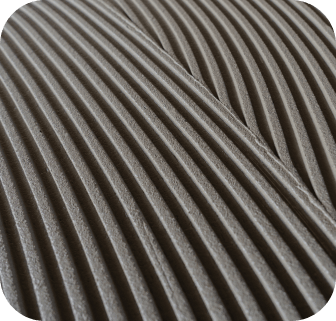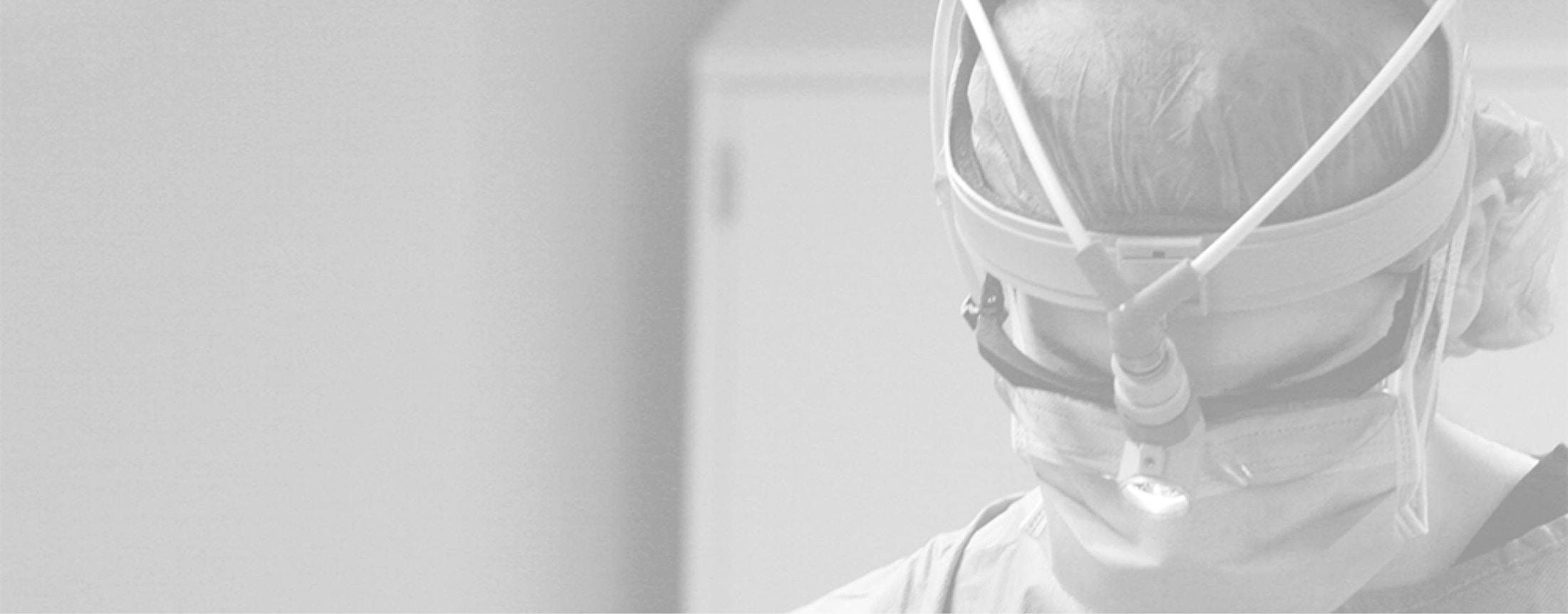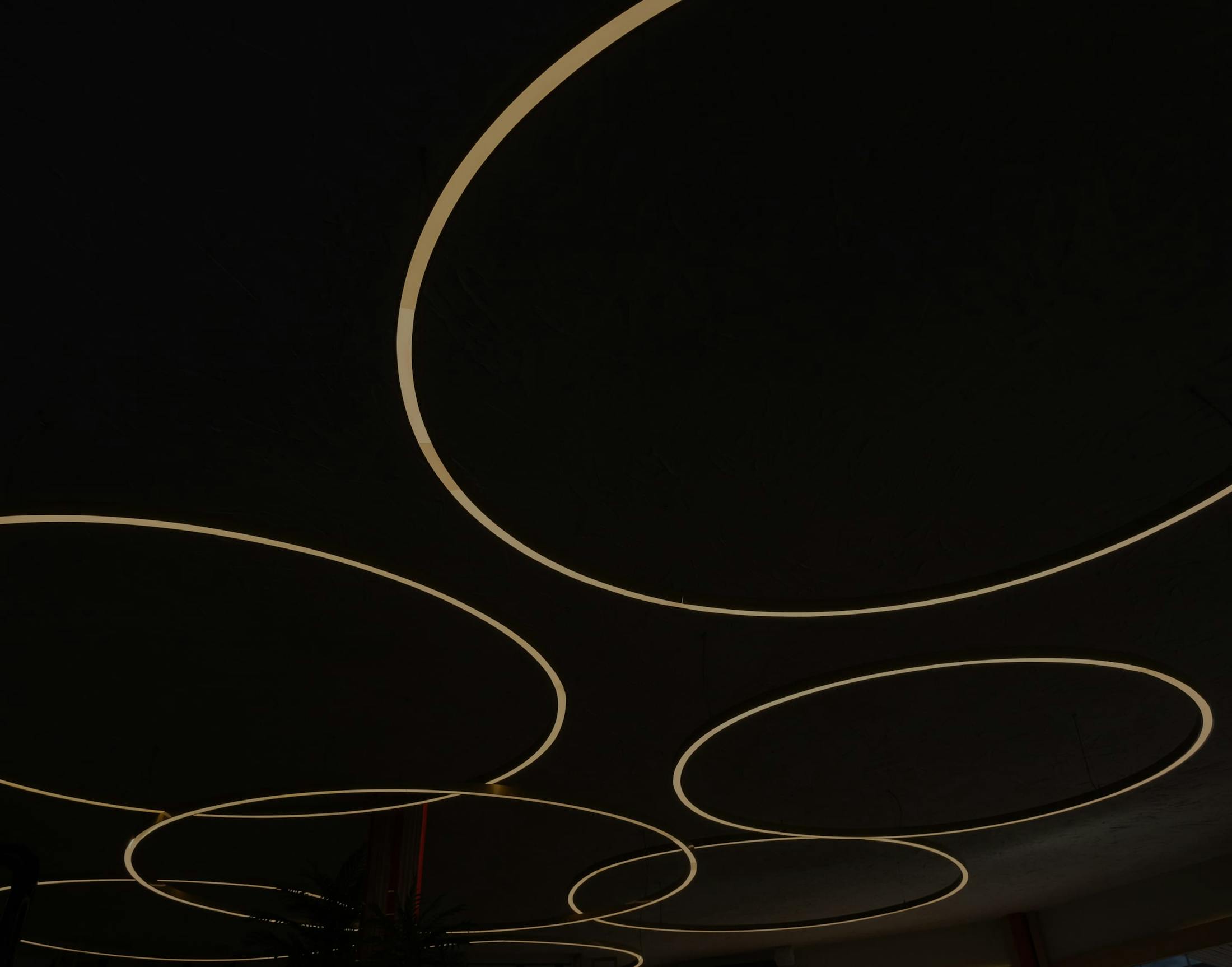Can rhinoplasty without osteotomy address all nasal concerns?
Rhinoplasty without osteotomy is best suited for patients with specific concerns, such as a dorsal hump or minor asymmetries. It may not be suitable for those with more complex issues, such as an open roof deformity after hump reduction. An experienced rhinoplasty surgeon will evaluate your individual needs and determine if this procedure is the right option for you.
How long does the rhinoplasty without osteotomy procedure take?
Depending on the case’s complexity and the specific techniques utilized, the procedure time for rhinoplasty without osteotomy can vary. On average, the surgery takes about 1-2 hours to complete.
Is rhinoplasty without osteotomy less expensive than traditional rhinoplasty?
Rhinoplasty without osteotomy can sometimes be less expensive than traditional rhinoplasty, as it is typically a less invasive procedure with fewer risks and a shorter recovery time. The cost of any surgery is dependent on the specific techniques employed, the required anesthesia, and the surgery’s difficulty. It is essential to discuss the cost of the procedure with your surgeon during your consultation.
Will insurance cover rhinoplasty without osteotomy?
Insurance coverage for rhinoplasty without osteotomy will depend on your specific policy and whether the procedure is deemed medically necessary. Insurance is unlikely to cover the surgery if it is performed for cosmetic reasons. However, if the procedure is being performed to address functional issues, such as breathing difficulties, your insurance may provide coverage.
Can I combine rhinoplasty without osteotomy with other facial procedures?
It is possible to combine rhinoplasty without osteotomy with other facial procedures, such as a facelift or eyelid surgery, depending on your individual needs and goals. Combining procedures can help achieve a more harmonious and balanced facial appearance. However, it is essential to discuss this with your surgeon during your consultation to determine the best approach for your specific situation.












